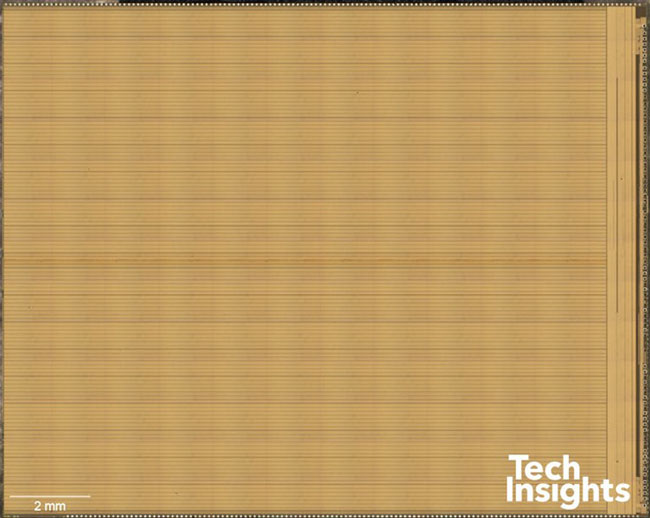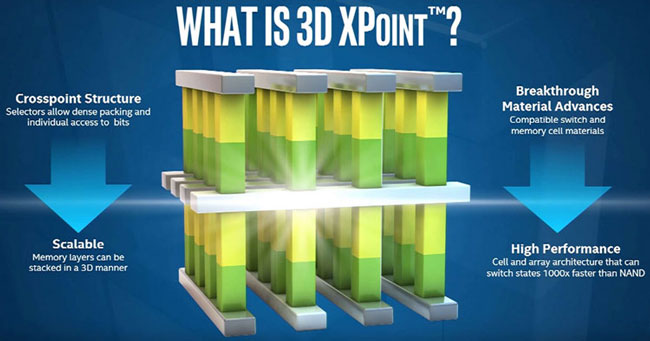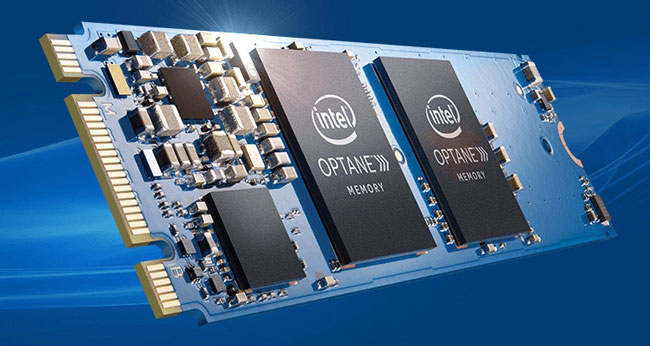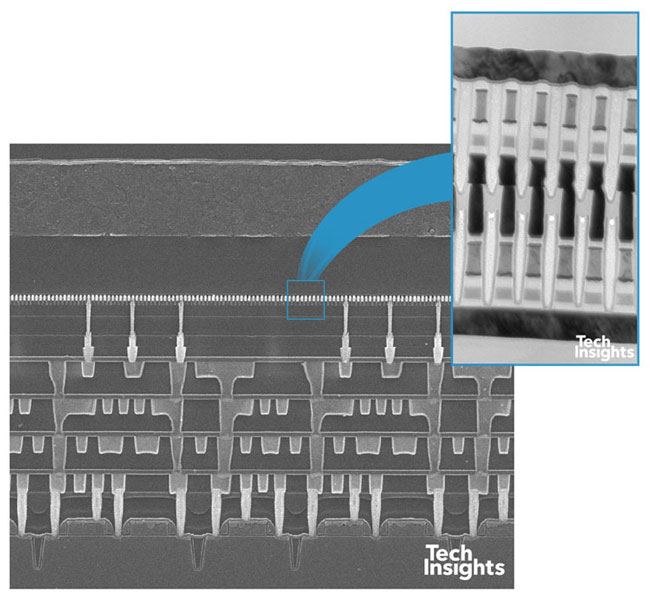OOPS! You forgot to upload swfobject.js ! You must upload this file for your form to work.
TechInsights showed Intel 3D XPoint
![]()
|
xtreview is your : Video card - cpu - memory - Hard drive - power supply unit source |
|
|||
|
|
||||
 Recommended : Free unlimited image hosting with image editor
Recommended : Free unlimited image hosting with image editor
|
xtreview is your : Video card - cpu - memory - Hard drive - power supply unit source |
|
|
|
|
||
|
Xtreview Support  N-Post:xxxx Xtreview Support        |
TECHINSIGHTS SHOWED INTEL 3D XPOINT |
| Please Feel Free to write any Comment; Thanks  |
Western Digital Corporation showed the interior of a hard drive with 8 magnetic plates (2017-07-22)
Core i9-7900X at 5.9 GHz showed the best result in HWBot Prime (2017-06-24)
The first trailer restarted Beyond Good and Evil 2 showed new characters (2017-06-13)
Tesla showed a partial sketch of the electric-crossover Model Y (2017-06-09)
TechInsights showed Intel 3D XPoint (2017-06-09)
AMD explained what FPS showed duo video card Radeon RX Vega playing Prey (2017-06-02)
Computex Gigabyte showed a completely submerged server (2017-06-01)
Intel showed the operation of the system with an array of memory DIMM 3D XPoint (2017-05-19)
Russian showed 15 best results of overclocking Radeon RX 460 (2017-04-09)
Core i3-7350K showed the best result in SuperPI 32M at 6.8 GHz (2017-04-05)
Mark Zuckerberg visited the development center and showed virtual Oculus gloves (2017-02-12)
Flagship Kaby Lake and Pascal showed the best result in the Unigine Heaven Xtreme (2017-01-25)
Xiaomi Mi6 on Snapdragon 835 showed record results in AnTuTu (2017-01-09)
MSI showed flagship motherboard X370 XPower Gaming Titanium (2017-01-06)
Fiat Chrysler showed a new version of robocar Google (2016-12-20)
MSI showed part of preparing for release motherboard Z270 Krait Gaming (2016-12-15)
Compare Kaby Lake and Skylake at equal frequencies showed no benefits (2016-12-03)
A single NVIDIA Titan X Pascal showed the best result GPUPI 1B MHz frequencies 2632-10008 (2016-11-22)
NVIDIA Trio Titan X Pascal showed the best result in 3DMark Fire Strike (2016-11-06)
NVIDIA Titan X Trio Pascal showed good results with Peltier modules (2016-11-05)
![]()
To figure out your best laptops .Welcome to XTreview.com. Here u can find a complete computer hardware guide and laptop rating .More than 500 reviews of modern PC to understand the basic architecture


7600gt review
7600gt is the middle card range.
We already benchmarked this video card and found that ...

 geforce 8800gtx and 8800gts
geforce 8800gtx and 8800gts  Xtreview software download Section
Xtreview software download Section  AMD TURION 64 X2 REVIEW
AMD TURION 64 X2 REVIEW  INTEL PENTIUM D 920 , INTEL PENTIUM D 930
INTEL PENTIUM D 920 , INTEL PENTIUM D 930  6800XT REVIEW
6800XT REVIEW  computer hardware REVIEW
computer hardware REVIEW  INTEL CONROE CORE DUO 2 REVIEW VS AMD AM2
INTEL CONROE CORE DUO 2 REVIEW VS AMD AM2  INTEL PENTIUM D 805 INTEL D805
INTEL PENTIUM D 805 INTEL D805  Free desktop wallpaper
Free desktop wallpaper  online fighting game
online fighting game  Xtreview price comparison center
Xtreview price comparison center Lastest 15 Reviews


Rss Feeds
Last News
- The new version of GPU-Z finally kills the belief in the miracle of Vega transformation
- The motherboard manufacturer confirms the characteristics of the processors Coffee Lake
- We are looking for copper coolers on NVIDIA Volta computing accelerators
- Unofficially about Intels plans to release 300-series chipset
- The Japanese representation of AMD offered monetary compensation to the first buyers of Ryzen Threadripper
- This year will not be released more than 45 million motherboards
- TSMC denies the presentation of charges from the antimonopoly authorities
- Radeon RX Vega 64 at frequencies 1802-1000 MHz updated the record GPUPI 1B
- AMD itself would like to believe that mobile processors Ryzen have already been released
- AMD Vega 20 will find application in accelerating computations
- Pre-orders for new iPhone start next week
- Radeon RX Vega 57, 58 and 59: the wonders of transformation
- ASML starts commercial delivery of EUV-scanners
- The older Skylake processors with a free multiplier are removed from production
- Meizu will release Android-smartphone based on Helio P40
- AMD Bristol Ridge processors are also available in American retail
- The fate of Toshiba Memory can be solved to the next environment
- duo GeForce GTX 1080 Ti in GPUPI 1B at frequencies of 2480-10320 MHz
- New Kentsfield overclocking record up to 5204 MHz
- Lenovo released Android-smartphone K8

HALO 3 HALO 3 - Final Fight!

PREY Prey is something you don t often see anymore: a totally unigue shooter experience.

computer news computer parts review Old Forum Downloads New Forum Login Join Articles terms Hardware blog Sitemap Get Freebies






